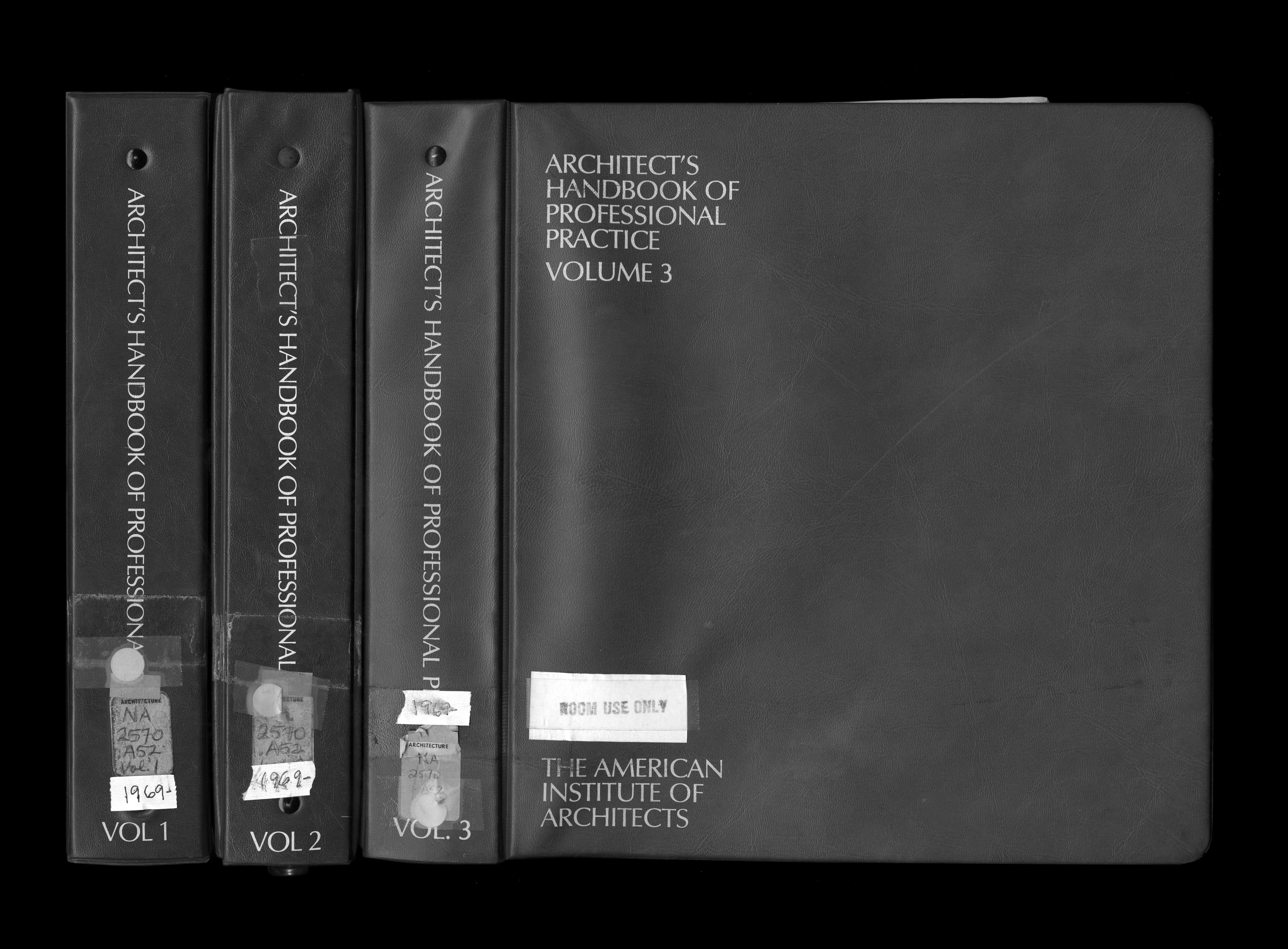Society of Architectural Historians Annual Conference
Routinizing Through Rewrites: The Architect’s Handbook, 1963-1988
Conference Presentation, April 2018

Over the course of building projects, architects make use of
various document genres: construction drawings and specifications most obviously,
but also contracts, memoranda, bulletins, change orders, and transmittals. Through
their protocols, each of these document types serves a particular communicative
function. Each
architecture firm develops routines of its own, but these document types have become
standardized through instructional materials made available by professional
associations. American architects, for example, have long looked to The Architect’s Handbook of Professional
Practice for a guide to the day-to-day functioning of their firms. The Handbook’s authors make business
trends comprehensible by reconciling them with the profession’s self-image and
ideology. The Handbook contains standardized forms and
contracts that serve as the rudimentary business tools for the architect’s
trade, alongside narratives that provide the intellectual scaffolding to
understand that trade. These tools
serve to routinize architectural practice—freeing up architects’ time to be
spent on the intellectual work of design. Mid-twentieth century trends required reframing
the business side of architectural practice to account for new restraints on
the architect’s authority. Tracing revisions and updates to the Handbook during these 25 years, in this presentation I analyzed it as a bellwether that,
by increasingly routinizing practice, allowed many leading US architects to
take refuge in aesthetic concerns while retreating from technical issues in both
business and construction. Revisiting this core text of US architectural
practice, I argue that the Handbook’s
standard documents fostered diversity in design while reinforcing outdated
limits on the country’s professional and architectural culture.
Cover of the AIA’s flagship publication, The Architect’s Handbook (1969 edition).
Cover of the AIA’s flagship publication, The Architect’s Handbook (1969 edition).